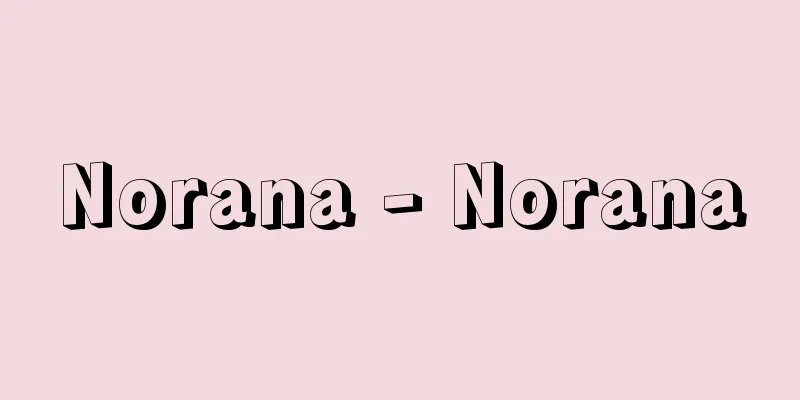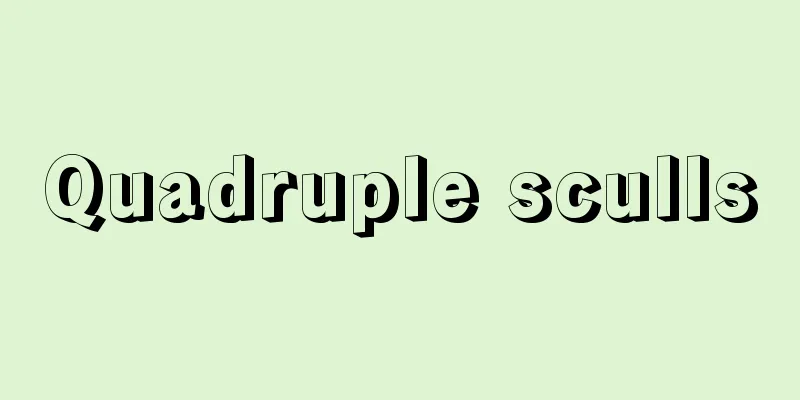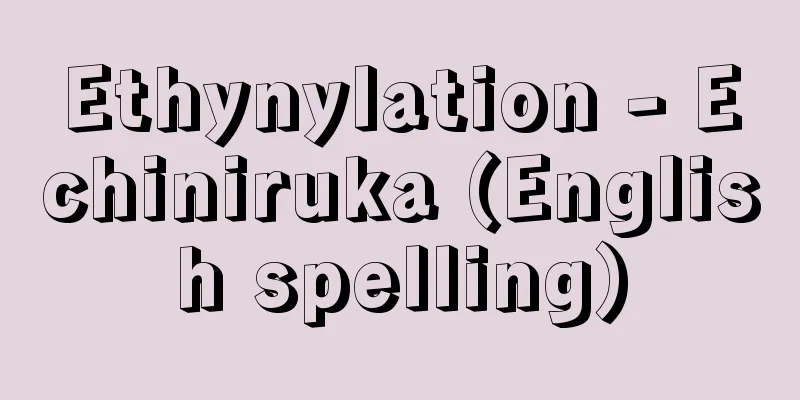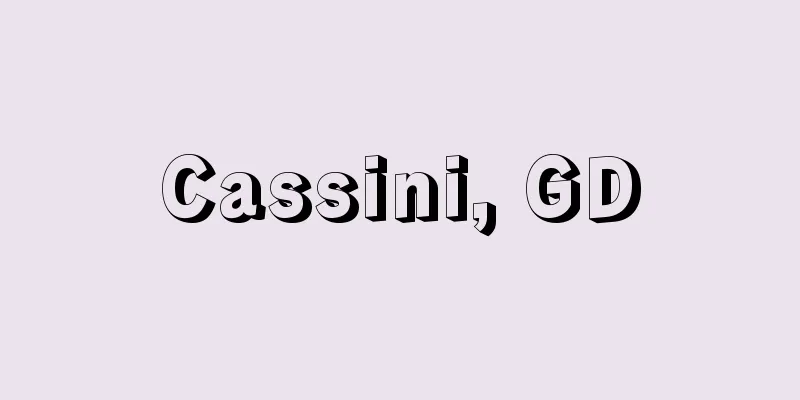Gizenga, A.

|
...In the same September, Prime Minister Lumumba and President Kasavubu each declared the other's dismissal, and conflict within the central government intensified. Army Chief of Staff Colonel Mobutu temporarily took control and organized a committee-based government. Lumumba, who had attempted to escape to his base in Stanleyville (now Kisangani), was massacred in February 1961, but prior to this, Deputy Prime Minister Antoine Gizenga, a Lumumba supporter, declared the establishment of a central government in Stanleyville in December 1960. Thus, the political situation became increasingly chaotic, but in August 1961, a national unity government headed by centrist Cyrille Adoula was formed, and the Stanleyville government voluntarily dissolved, and Southern Kasai also retracted its secession plan in September 1962. ... From the Democratic Republic of the Congo... However, due to the immaturity of the nationalist movement and the short preparation period for independence, on July 6, less than a week after independence, the Congo entered into great unrest (the Congo Crisis) with a military rebellion. The situation continued to deteriorate as a result of a number of events, including the conflict between President Kasavubu and Prime Minister Lumumba, the declaration of independence of Katanga Province (now Shaba Province) by Tshombe, military intervention by Belgium and the dispatch of UN troops, political intervention by Colonel Mobutu, the arrest and massacre of Prime Minister Lumumba, and the conflict between the Leopoldville government, which supported Kasavubu, and the Stanleyville (now Kisangani) government, which was led by Gizenga, which also supported Lumumba. Moreover, the unrest took on a more complicated appearance as Western countries supported the Leopoldville government but also showed an ambiguous attitude toward the Katanga separatist forces, while Eastern countries supported the Stanleyville government. ... *Some of the terminology explanations that mention "Gizenga, A." are listed below. Source | Heibonsha World Encyclopedia 2nd Edition | Information |
|
…また同じ9月,ルムンバ首相とカサブブ大統領は互いに相手の罷免を声明するなど,中央政府内の対立も激化し,陸軍参謀長モブツ大佐が一時実権を握って委員制内閣を組織した。根拠地スタンリービル(現,キサンガニ)へ脱出をはかったルムンバは61年2月に虐殺されたが,これより先,ルムンバ派のギゼンガAntoine Gizenga副首相が60年12月にスタンリービルで中央政府の樹立を宣言した。このように政局は混迷の度を強めたが,61年8月に中道派のアドゥラCyrille Adoulaを首班とする挙国一致内閣が発足してスタンリービル政権は自主的に解消し,南カサイも62年9月に分離独立を撤回した。… 【コンゴ民主共和国】より… しかしナショナリズム運動が未熟であるうえに,独立のための準備期間が短すぎたこともあって,独立後1週間足らずの7月6日,軍隊の反乱を契機にコンゴは大動乱(コンゴ動乱)に突入した。カサブブ大統領とルムンバ首相の対立,チョンベによるカタンガ州(現,シャバ州)の分離独立宣言,ベルギーの軍事介入と国連軍の派遣,モブツ大佐の政治介入,ルムンバ首相の逮捕と虐殺,カサブブ派のレオポルドビル政権とルムンバ派のギゼンガを盟主とするスタンリービル(現,キサンガニ)政権の対立といった諸事件を織り込みながら,情勢は悪化の一途をたどった。しかも西側諸国はレオポルドビル政権を支持しながらカタンガ分離主義勢力に対してもあいまいな態度を示し,東側諸国はスタンリービル政権を支持するなどしたために,動乱はいっそう複雑な様相を呈した。… ※「ギゼンガ,A.」について言及している用語解説の一部を掲載しています。 出典|株式会社平凡社世界大百科事典 第2版について | 情報 |
Recommend
David Ben-Gurion
1886‐1973 Israeli politician and first Prime Minis...
Ukimononari - Ukimononari
…Taxes can be broadly divided into the regular ta...
Signboard rental contract - Kanban kashi keiyaku
...A contract in which one person (the name lesso...
dynamo
…also called a dynamo. An electric machine that c...
Grass Quartz - Grass Quartz
A type of quartz that looks like it has grass in i...
mountain anoa
...It is aggressive and dangerous if cornered. Th...
Alexandros I (English spelling)
… Macedonia appears in Greek history around the t...
Stanisław Wojciechowski
1869‐1953 Polish politician and educator between t...
Pridvorov, EA
…Russian Soviet poet. His real name was Efim Alek...
Practice ammunition - Enshudan
...Depending on the assembly of these components,...
Telome theory
…The leaves of most vascular plants, on the other...
Osaka Incident
In 1885 (Meiji 18), over 100 civil rights activis...
Paolini, G.
After the Second World War, Renato Guttuso (1912-...
Rolland, Romain
[Born] January 29, 1866. Clamecy, Nièvre [Died] De...
Aluminum sash - Almisash
...The largest of these are steel frames and brid...
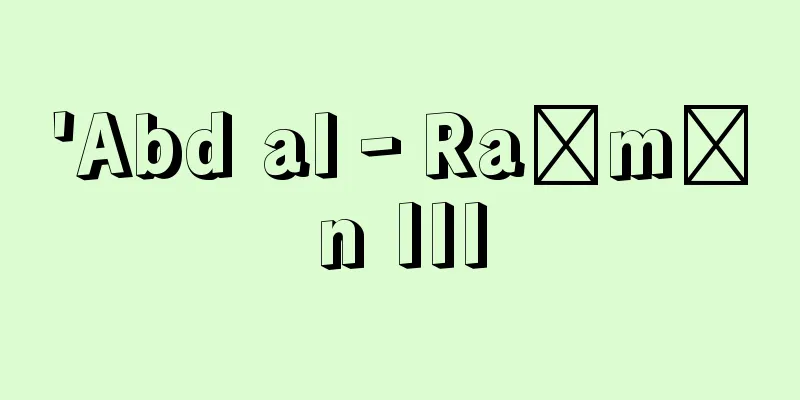
![Miyanoshita [Hot Spring] - Miyanoshita](/upload/images/67ccf6b182efd.webp)
